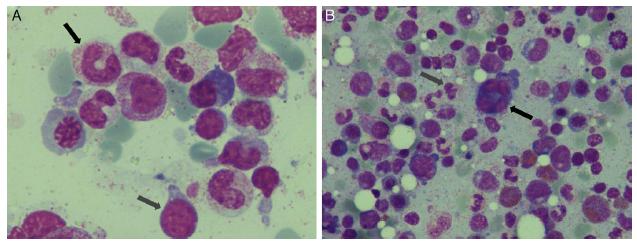Myelodysplastic syndromes represent a group of heterogeneous hematopoietic neoplasms derived from an abnormal multipotent progenitor cell, characterized by a hyperproliferative bone marrow, dysplasia of the cellular hemopoietic elements and ineffective erythropoiesis. Anemia is a common finding in myelodysplastic syndrome patients, and blood transfusions are the only therapeutic option in approximately 40% of cases. The most serious side effect of regular blood transfusion is iron overload. Currently, cardiovascular magnetic resonance using T2 is routinely used to identify patients with myocardial iron overload and to guide chelation therapy, tailored to prevent iron toxicity in the heart. This is a major validated non-invasive measure of myocardial iron overloading and is superior to surrogates such as serum ferritin, liver iron, ventricular ejection fraction and tissue Doppler parameters. The indication for iron chelation therapy in myelodysplastic syndrome patients is currently controversial. However, cardiovascular magnetic resonance may offer an excellent non-invasive, diagnostic tool for iron overload assessment in myelodysplastic syndromes. Further studies are needed to establish the precise indications of chelation therapy and the clinical implications of this treatment on survival in myelodysplastic syndromes.
Myelodysplastic syndromes; Blood transfusion; Iron overload; Magnetic


